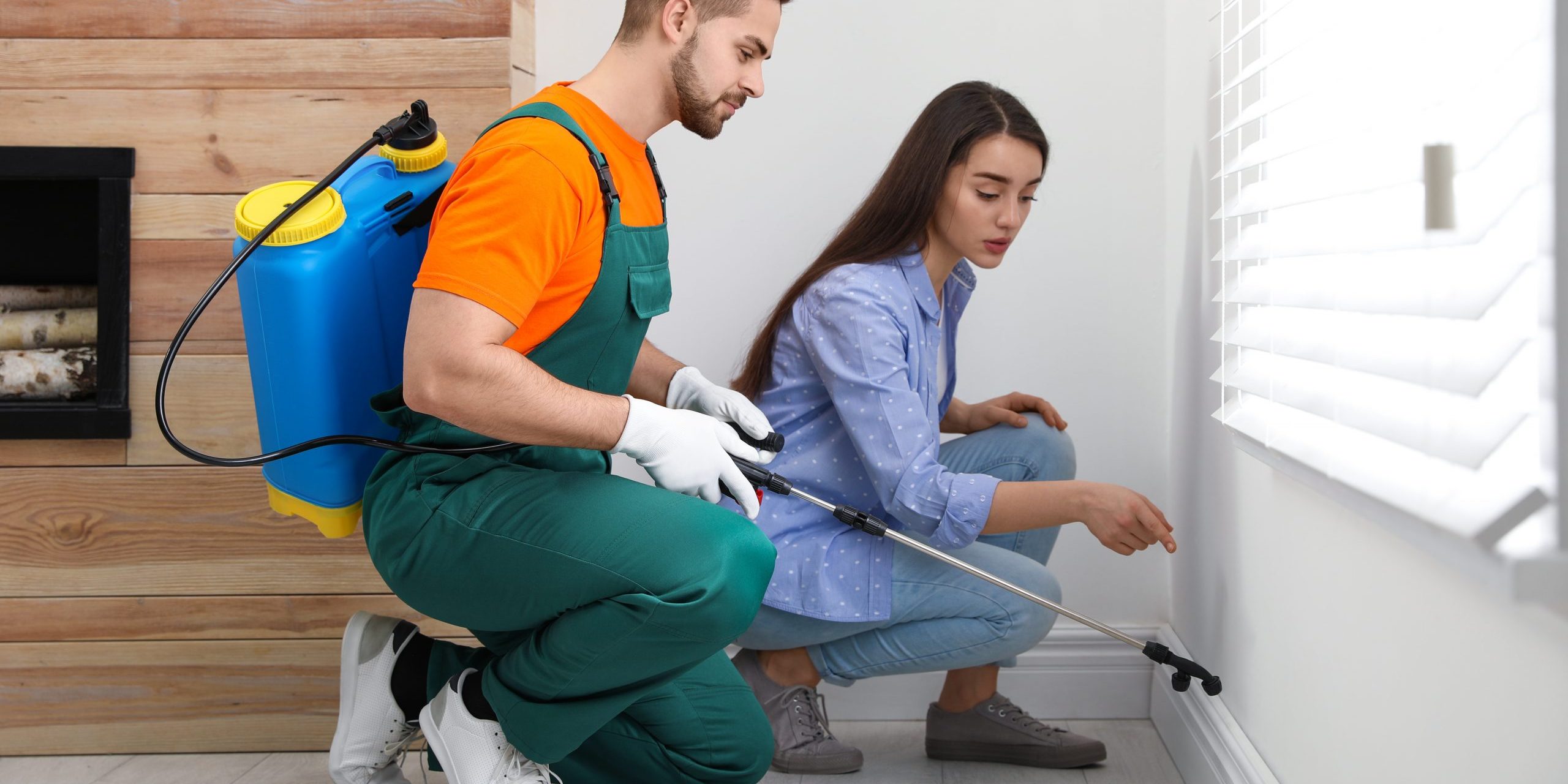Specialist Exterminator Services: Say Goodbye to Vermin for Good!
Specialist Parasite Control Techniques for Long-Term Results
In the world of pest control, attaining sustained effectiveness and long-term results calls for a precise strategy that goes beyond mere extermination. Expert parasite control methods encapsulate an extensive technique that begins with a complete examination and assessment, complied with by specific parasite recognition to understand their actions patterns. The implementation of Integrated Pest Administration (IPM) concepts, combined with eco-conscious treatments, creates the keystone of lasting bug elimination. The true examination exists in the continuous surveillance and upkeep of the dealt with locations, making sure a pest-free atmosphere for the foreseeable future. By delving right into the complexities of these methods, a deeper understanding of specialist parasite control methods for sustaining results emerges.
Inspection and Evaluation
Upon going into a building for parasite control solutions, the initial action is a comprehensive examination and evaluation to identify the level of the problem and identify one of the most efficient therapy plan. Specialist insect control technicians are trained to diligently examine the facilities, seeking signs of bug activity such as droppings, chomp marks, nests, or any architectural damage. They will certainly additionally examine the conditions that may be drawing in bugs, such as food sources, water leaks, or entry points.

Insect Identification and Behavior

Furthermore, understanding the behavior of the recognized insect is vital to implementing reliable control steps. Recognizing where pests nest, what they feed on, and their activity patterns can help pest control professionals devise methods to remove them efficiently.
Integrated Insect Management (IPM)
Integrated Pest Administration (IPM) methods combine numerous techniques to manage and protect against parasite infestations in a lasting and eco-friendly way. bed bug heat treatment. By incorporating approaches such as biological control, environment manipulation, modification of social techniques, and using resistant selections, IPM aims to minimize the usage of chemical pesticides
Among the crucial principles of IPM is the focus on avoidance. This positive method entails tracking parasite populations frequently to spot any kind of potential problems prior to they escalate. By identifying pest troubles at an early stage, pest control actions can be executed promptly and efficiently.
In addition, IPM promotes making use of safe insect control approaches whenever possible. This can include employing all-natural predators of the parasites, presenting helpful bugs, or utilizing pheromones to interfere with mating patterns. By decreasing dependence on chemical pesticides, IPM not just protects the atmosphere however likewise helps preserve a balance in the ecological community.
Environmentally-Friendly Therapies
Executing eco-conscious approaches in insect control procedures can properly address invasions while prioritizing environmental sustainability. Environmentally-friendly therapies concentrate on decreasing the influence of bug control approaches on ecological communities, non-target microorganisms, and human wellness. These techniques typically include the moved here use of natural predators, such as ladybugs or nematodes, to control pest populations, reducing the demand for chemical treatments. Furthermore, methods like habitat adjustment, such as readjusting dampness levels or removing food sources, can help discourage bugs without making use of unsafe substances.
One more secret element of environmentally-friendly treatments is making use of natural and biodegradable products that break down rapidly without leaving hazardous residues in the setting. Agricultural pesticides originated from plants like chrysanthemums or neem provide efficient insect control while positioning minimal risk to non-target types. Moreover, employing methods like warm therapies or pheromone traps can target certain bugs with accuracy, reducing the overall environmental effect of bug control techniques.
Ongoing Tracking and Upkeep
Constant surveillance and maintenance are vital parts of efficient parasite control monitoring. Ongoing monitoring plays a critical duty in ensuring that insect insect services invasions are identified very early and taken care of without delay. Regular evaluations by experienced professionals are needed to identify any kind of signs of bug task, evaluate the performance of previous treatments, and make modifications to the pest control strategy as needed. By monitoring bug populations gradually, bug control professionals can track fads, expect possible issues, and apply preventative measures to decrease the danger of future invasions.
In addition to monitoring, maintenance techniques are crucial for lasting parasite control success. This includes implementing correct hygiene actions to get rid of potential food and water resources for insects, moved here sealing off entrance indicate stop pests from getting in the properties, and attending to any structural concerns that could promote insect infestations (bed bug heat treatment). By including recurring tracking and upkeep right into an incorporated pest monitoring technique, organizations can guarantee a pest-free environment and secure their residential or commercial property versus pricey damage and health and wellness dangers
Conclusion
In conclusion, using specialist insect control methods such as complete evaluation and analysis, precise parasite recognition and understanding of their actions, integrated parasite management strategies, environmentally-friendly treatments, and ongoing surveillance and upkeep are essential for achieving long-term cause bug control. By implementing these methods, people can effectively manage pest problems and preserve a pest-free setting in a sustainable way.